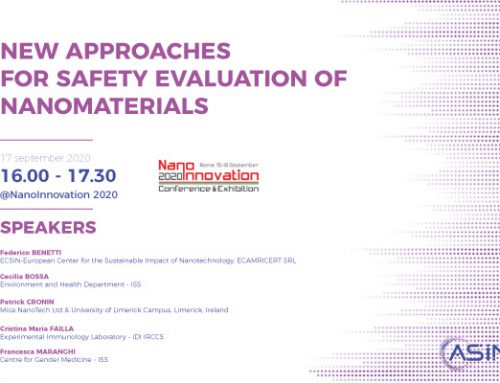On February, a measurement campaign was held at the company Wiva Group, which is a partner in the ASINA project.
Wiva Group (Italy) hosted researchers from CNR-ISAC, Bologna’s Institute of Atmospheric and Climate Sciences, and CNR-ISTEC, Faenza’s Institute of Science and Technology of Ceramic Materials, who measured and collected nanoforms released during a spray-coating process.
The Wiva Group campaign provided researchers with the opportunity to apply the ASINA nanomaterials produced in an industrial plant, as well as a representative experience of spray coating upscaling, with the preparation of coated substrates as successful Nanoenabled products (NEPs) useful to ASINA implementation.The campaign produced data on the concentration and particle size distribution of airborne nanoparticles and nano-enabled materials, which were then evaluated for efficiency.For use as antimicrobial masks/gowns and photocatalytic air purifiers, polyester fabrics and polymetyl metacrylate foils were coated with AgHEC or TiO2-N, two nanomaterials prepared in a safety by design perspective.
The NMs were easy to spray, demonstrating the benefit of providing stable and low viscous nanosuspensions. Three separate NM concentrations were paired with three different flow speeds at the spraying nozzles to determine the best spray coating parameters capable of ensuring the desired balance between practical performances and nanoparticles release into the work area.
The important aspect that was taken into consideration was the quantification of nanoparticles inside and ouside the chamber of deposition in order to assess the exposure for operators and be sure that all the containment measures were put in place for mitigating the potential risk.



Leave A Comment